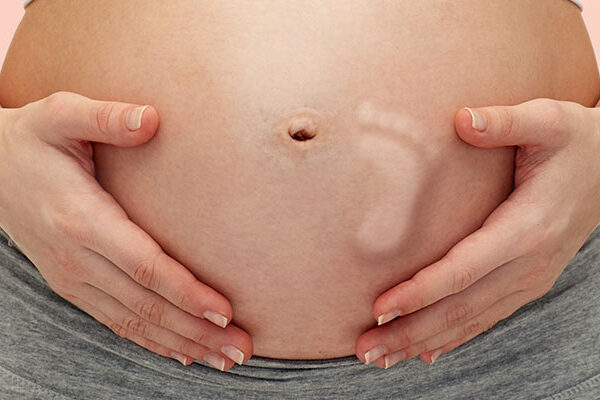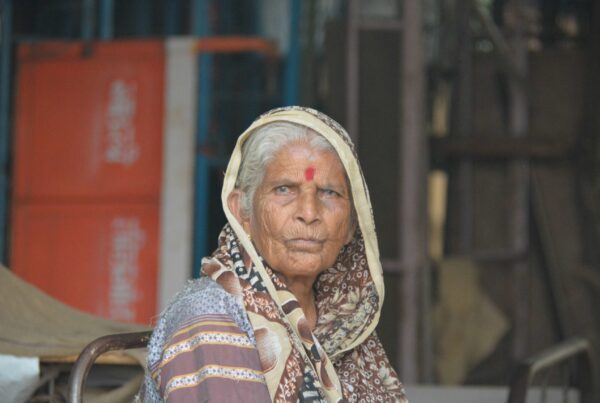Bone density, or the amount of bone mineral content in bones, plays a crucial role in maintaining skeletal strength and preventing fractures. A reduction in bone density, leading to conditions such as osteopenia and osteoporosis, is a growing concern among women today. While this issue has always been present, recent years have seen an increasing number of women suffering from lower bone density, and this trend is influenced by a variety of factors, both biological and lifestyle-related.
Hormonal Changes and Menopause
One of the most significant factors contributing to lower bone density in women is the hormonal changes that occur during menopause. As women approach menopause, the production of estrogen—a hormone essential for bone health—declines dramatically. Estrogen helps regulate bone resorption (the process by which bone is broken down) and bone formation. Without enough estrogen, the balance shifts, and bone resorption outpaces bone formation, leading to a loss of bone mass.
Post-menopausal women are especially at risk, as the lack of estrogen accelerates bone loss. Studies show that women can lose up to 20% of their bone density in the first 5–7 years after menopause. This makes them significantly more vulnerable to fractures and conditions like osteoporosis, a disease characterized by brittle bones.
Sedentary Lifestyles and Lack of Physical Activity
Modern lifestyles, especially in urban settings, have led to a significant decrease in physical activity levels. Sedentary behavior, such as long hours spent sitting at desks or using electronic devices, is a major contributor to reduced bone health. Weight-bearing exercises, such as walking, running, or strength training, are essential for maintaining bone density because they stimulate bone formation and help maintain strength.
Unfortunately, many women today are not engaging in enough physical activity to maintain healthy bones. The lack of exercise can lead to decreased bone mass, making bones weaker and more susceptible to fractures. Furthermore, a lack of weight-bearing exercise contributes to muscle loss, which further strains bone health, as muscles play an important role in supporting bones.
Poor Diet and Nutritional Deficiencies
Nutrition plays a critical role in maintaining strong bones, and unfortunately, many women today are not getting the nutrients necessary for optimal bone health. Calcium and vitamin D are particularly important for bone density, as calcium helps build and maintain bone mass, while vitamin D aids in calcium absorption. A lack of these essential nutrients in the diet can lead to lower bone density over time.
Many women, particularly those following restrictive diets, may not consume adequate amounts of calcium-rich foods like dairy products, leafy greens, or fortified plant-based alternatives. Furthermore, a lack of exposure to sunlight (which helps the body produce vitamin D) or insufficient dietary vitamin D can impair calcium absorption, weakening bones.
Additionally, excessive consumption of caffeine, alcohol, and smoking can also contribute to bone density loss. Caffeine and alcohol interfere with calcium absorption, while smoking reduces blood flow to bones and impairs bone regeneration.
Increased Stress and Its Effects on Bone Health
Chronic stress has become a widespread issue in today’s fast-paced, high-pressure world. Prolonged stress leads to the release of cortisol, a hormone produced by the adrenal glands in response to stress. While cortisol is necessary in short bursts, long-term elevated levels of this hormone can have negative effects on bone health.
High cortisol levels can increase bone resorption and reduce the bone-forming activities of osteoblasts (cells responsible for creating new bone). This leads to a decrease in bone density. Women experiencing high levels of stress, particularly in their careers, family life, or during periods of mental health struggles, may be at higher risk for developing lower bone density over time.
The Role of Genetics and Family History
Genetics plays a crucial role in determining an individual’s bone density. Women with a family history of osteoporosis or other bone health issues are more likely to develop lower bone density themselves. Certain genetic factors can affect how the body processes calcium or produce hormones like estrogen, further influencing bone health.
Women with a family history of conditions such as osteoporosis should be particularly vigilant about their bone health, as they may be predisposed to these conditions.
Medical Conditions and Medications
Certain medical conditions and medications can also contribute to reduced bone density in women. For example, autoimmune diseases such as rheumatoid arthritis, thyroid disorders, and gastrointestinal conditions like celiac disease can interfere with nutrient absorption and metabolism, negatively impacting bone health.
Additionally, medications like corticosteroids (commonly used for inflammation or autoimmune diseases) and certain anticonvulsants can contribute to bone loss. Long-term use of these drugs interferes with bone formation and accelerates bone resorption, leading to weakened bones over time.
Early Life Factors and Low Birth Weight
A woman’s bone health can also be influenced by factors present during early childhood and adolescence. Women who were born with a low birth weight or who had insufficient nutrition during childhood may begin life with lower bone density. Furthermore, inadequate calcium intake or lack of physical activity during childhood and adolescence can result in lower peak bone mass, which increases the risk of osteoporosis later in life.
Societal Pressures and Body Image
The cultural focus on slimness and body image can also be a contributing factor. Many women today, particularly younger women, engage in restrictive dieting or excessive exercise in an attempt to maintain a certain body shape. While this can lead to weight loss, it may also result in nutritional deficiencies, particularly in calcium and vitamin D, and can interfere with hormonal balance, further compromising bone health.
The rising rates of lower bone density among women today are the result of a complex interplay of factors, ranging from hormonal changes and lifestyle choices to diet, stress, and genetics. While some of these factors, such as genetics or age, may be beyond a woman’s control, many others can be addressed through proactive measures. Maintaining an active lifestyle, ensuring adequate nutrition (especially calcium and vitamin D), managing stress, and being mindful of medication use can all help to protect bone health and prevent the long-term consequences of low bone density. With proper attention and care, women can take steps to preserve their bone strength well into later life, reducing the risk of fractures and conditions like osteoporosis.




